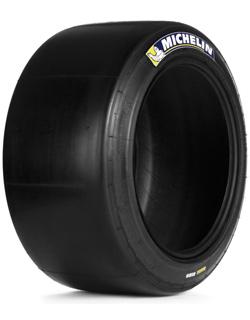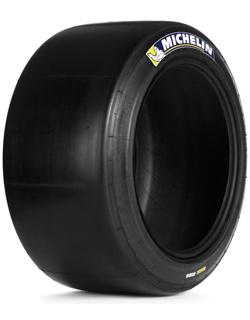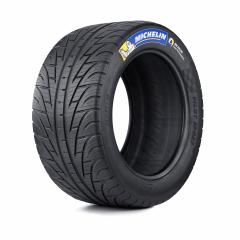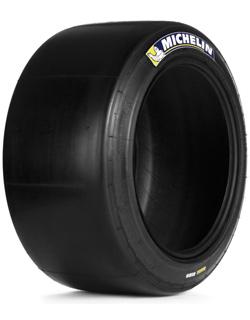Michelin Motorsport
Michelin Motorsport tires are the pinnacle of GT and Prototype racing tires. They have accumulated more wins in more classes than any other brand. Technology derived from 24 hour endurance racing around the world has given Michelin the experience and knowledge to develop some of the most competitive tires available. If you are looking for the absolute best tires for your race car, look no further.
Compound # guide: 7 Soft, 8 Medium, 9 Hard
Advantages of Michelin Motorsport tires
-Best balance of grip, consistency and durability
-Many compounds and constructions available
-Least likely to fail compared to other brands
-Same winning technology used in 24 hour of Le Mans, WEC, Super GT, IMSA, Michelin Pilot Challenge, Porsche Carrera Cup, Formula-E and F1.
Cold pressure preparation
In order to target a hot pressure (usage pressure), we must first determine the starting pressure, known as the cold pressure. When heating a tyre, we adopt a rule that remains a general idea, but which is reliable: we can establish the equivalence that 1°C = 0.01 bar. E.g.: 1.20 bar at 20°C becomes 1.30 at 30°C. Otherwise, you can use a “control set”. This is a reference set, stored at the same ambient temperature as the other tyres, which will allow you to adjust the cold pressure of your sets in use throughout the day.
Warm-up
If you use a heater cabinet or tire warmers, the max. temperature is 80°C. Above this, the rubber properties may change and thus deteriorate performance. The min. heating time is 45 minutes to arrive at stabilization. The max. heating time is 2 hours (beyond this there is a risk of the rubber changing).
Set-up tips
Comply with our recommendations (camber and pressure values in accordance with vehicle loads). • It is possible to adjust the vehicle’s front and rear pressures in order to improve the balance. E.g.: If the car oversteers, apply a lower pressure at the rear than at the front. • It is possible to mix the front and rear rubbers if there is a front warm-up problem for propulsion, e.g.: S8 front and S9 rear. • For a rain tire, adjust the pressure in accordance with the water quantities. (Increase the pressure in the event of aquaplaning, to lower the contact area).














